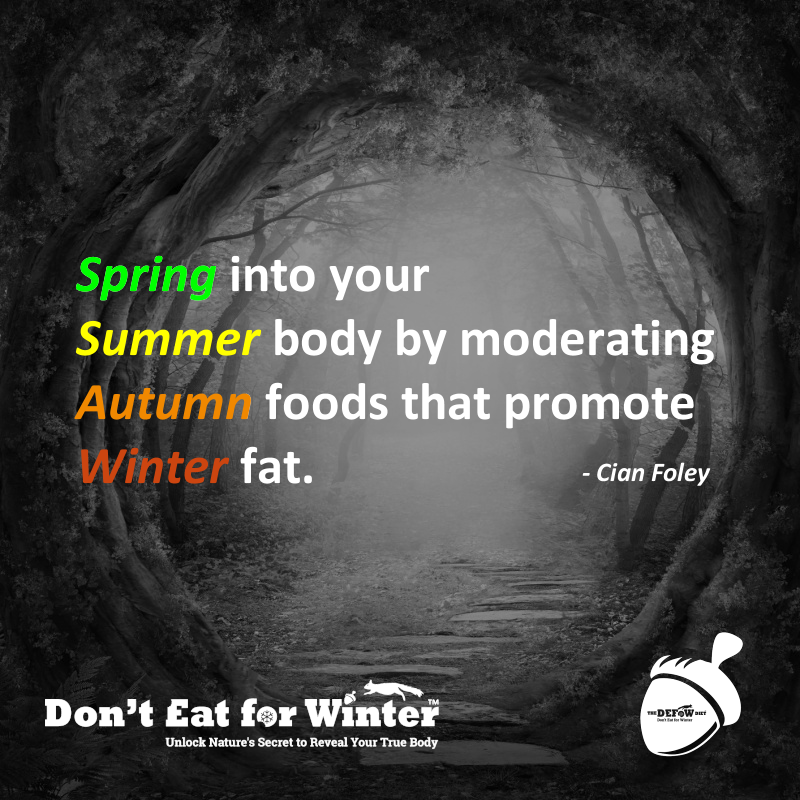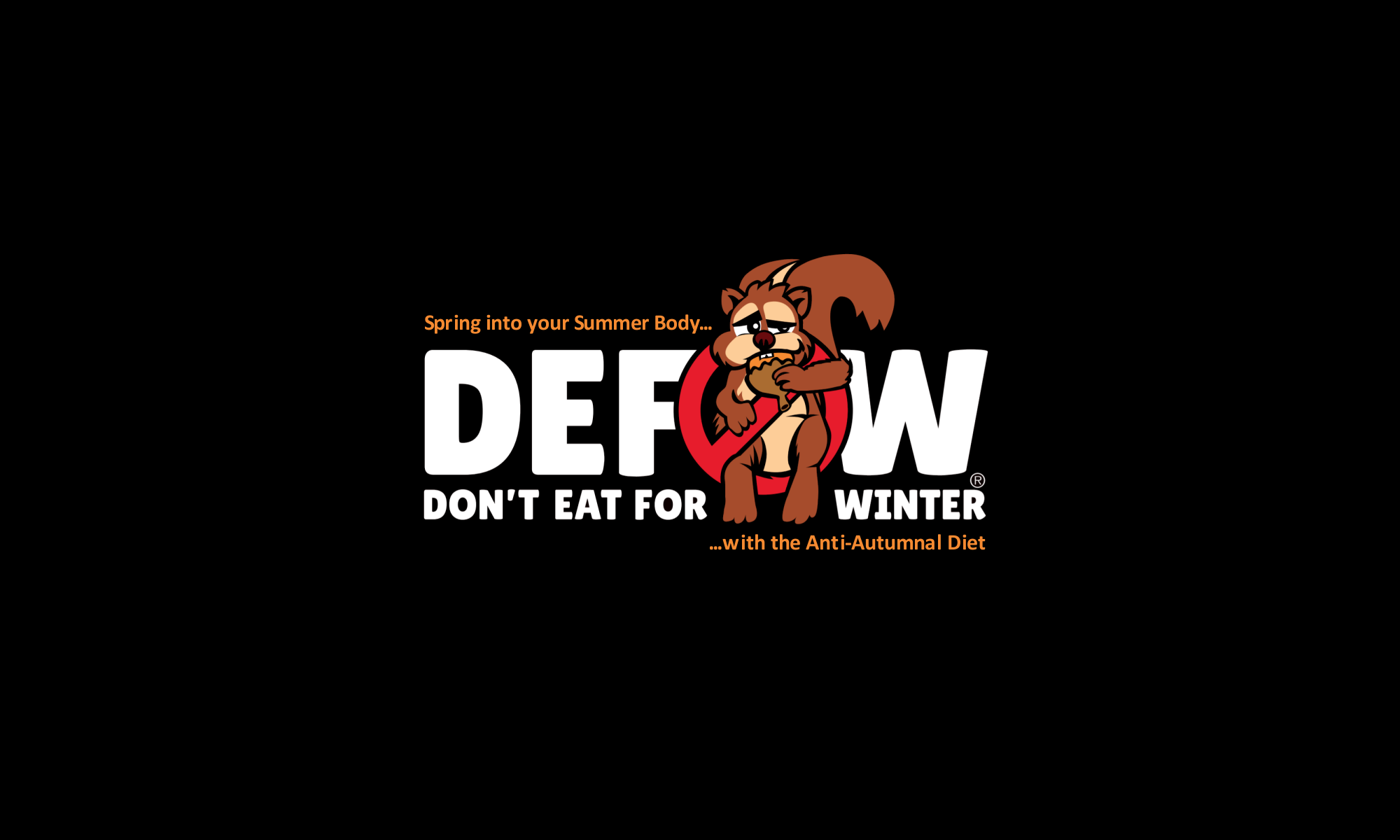High-carb, low-carb, high-GI, low-GI etc. That’s all you hear these days and foods are now being labelled with things like low-GI as if that means it passed some certification, the same way low-fat is used.
Here’s the deal. If something has sugar or starch in it, it’s a carb and after it goes through your stomach it gets converted to glucose to provide you with energy for your brain, muscles and aerobic system (when you’re working hard). If you have an excess your body will store fat. Eat fat at the same time and it will store it very effectively and make the carbs taste even better.
GI is a scale, a bit like celcius on a thermometer, except it measures how fast a food affects your blood sugar levels. Where 0 would be the effect of something like a few scallions, and 100 would be the effect glucose might have on you. Most other foods lie somewhere in between. You can see where foods appear on the scale here: http://www.glycemicindex.com. If something like a vegetable isn’t in the database, it’s probably because it has a negligible GI.
It gets a little more complex though. Low GI can be a bit of a misnomer because a head of brocolli or an onion has a low-GI but that’s because there’s very little sugar in it. However something like fibrous brown bread may also have a low GI but it will slowly release sugar into your blood stream for hours. In this way, all low GI foods are not the same, so lowering the GI does not necessarily decrease your daily carb intake. Low GI foods that are carb loaded are digested more slowly because of the non-digestable fibre in them. This slows the release of sugar so that you have energy slowly released into the bloodstream over the course of hours rather than minutes if you had a sweet glucose drink with a high GI.
A better measure is the glycemic load or GL of a food, this number is also available for each food on www.glycemicindex.com.
Insulin, of course, is the response your body has to the influx of glucose into the blood stream. The higher the GI, typically, the more insulin your pancreas will produce to force your body to try and absorb sugar, protein and fat into it’s cells.
Low GI can be a good choice, but if your feeding yourself carbs all day long, low GI or not, you are going to have a sustained level of sugar in your blood and a sustained insulin response over a longer period of time. Some High GI foods have a low GL also such as melons, so it can all be very confusing.
This is why I talk about controlled-carb and precise carb control. What does your body require and when does it need it most. This is covered in detail in Don’t Eat for Winter but let me summarise here:
- You need 420 cals a day for brain, 60% of your body’s requirement at rest
- A resting body needs about 40% more so lets say 800 cals in total
As part of a 2000 calorie diet then, someone with a desk job barely needs 40% of their diet from carbs, which is about 200 grams. Even this small amount would be difficult to get in nature at this time of year (as “There’s no Starch in March”, there’s a chapter dedicated to this in the book).
If you divide that by 24 hours it equates to 8.3g an hour and that’s it, unless your are active. If you eat a bowl of porridge, or wholegrain bread it’s going to give you that sort of amount per hour, which is fine if you want sustained flow of sugar into your bloodstream.
Your body can store a bit of sugar in muscles and liver (in the form of glycogen), these are buckets that store sugar when they need topping up. You can empty the muscles through exercise and the liver through fasting or not eating sugar. The liver fuels the brain from its stores when your blood sugar levels needs topping up.
The problem today, because we lead inactive lifestyles compared to our paleolithic ancestors, and are eating sugary and starchy foods all the time, these buckets are full to the brim most of the time, which means there’s almost always an excess of sugar. The sugar can’t go anywhere, so the pancreas is made to work to produce more insulin to try to do something with it.
By controlling the carb side of the diet, these buckets have a chance to function normally as short term batteries, to charge and discharge as designed. The liver can fuel the brain, when blood sugars are low, and the muscles will always require a bit of topping up because of work. This means when you do eat a bit of sugar, high or low gi, these stores are filled before the body has an excess to deal with. You don’t want them emptied completely though or you won’t feel very good (unless you are on a very specific type of low carb diet).
This is what I mean by precise carb-control. You give yourself enough each day, and then supplement based on activity.
If you lift weights, you burn glycogen so you can afford to supplement.
If you do intensive cardio, you cannot burn fat fast enough aerobically to generate the energy so you can supplement.
If you work all day with a manual job you may need more than the 8.3g an hour the desk job person needs so you can supplement.
Otherwise, there’s no need to supplement, have the precise amount you need, and try and get the rest of your energy requirement and your bodies nutrients from healthy fats & protein sources along with fibre. Separating carbs from fats where possible means less overeating and less fat storage.
This has worked miraculously well for me and I look carefully at the carb side of my diet, and try get good protein and fat sources too for the rest. The DEFoW diet is a set of guidelines around this way of thinking, with suggestions about combinations and when etc.
Think about it, 10000BC, to get carbs was difficult, except for Autumn (unless you lived near the equator, in which case fats were lower). The body is designed to work with a minimum of this type of food for most of the year, and when it’s available, it stands to reason the body will react differently.
We feast and get fat for Winter.
So Don’t Eat for Winter by controlling your autumnal carb intake.
Controlling carbs and avoiding carbs+fats together specifically means you control appetite and the amount of each type of fuel you injest. What you eat can dictate how much you eat.

Latest posts by Cian (see all)
- The worst macro combination for fat loss - May 11, 2021
- Top 200 Most Fattening Foods (most autumnal) - March 19, 2020
- Is there such a thing as The Perfect Diet? - November 22, 2019
